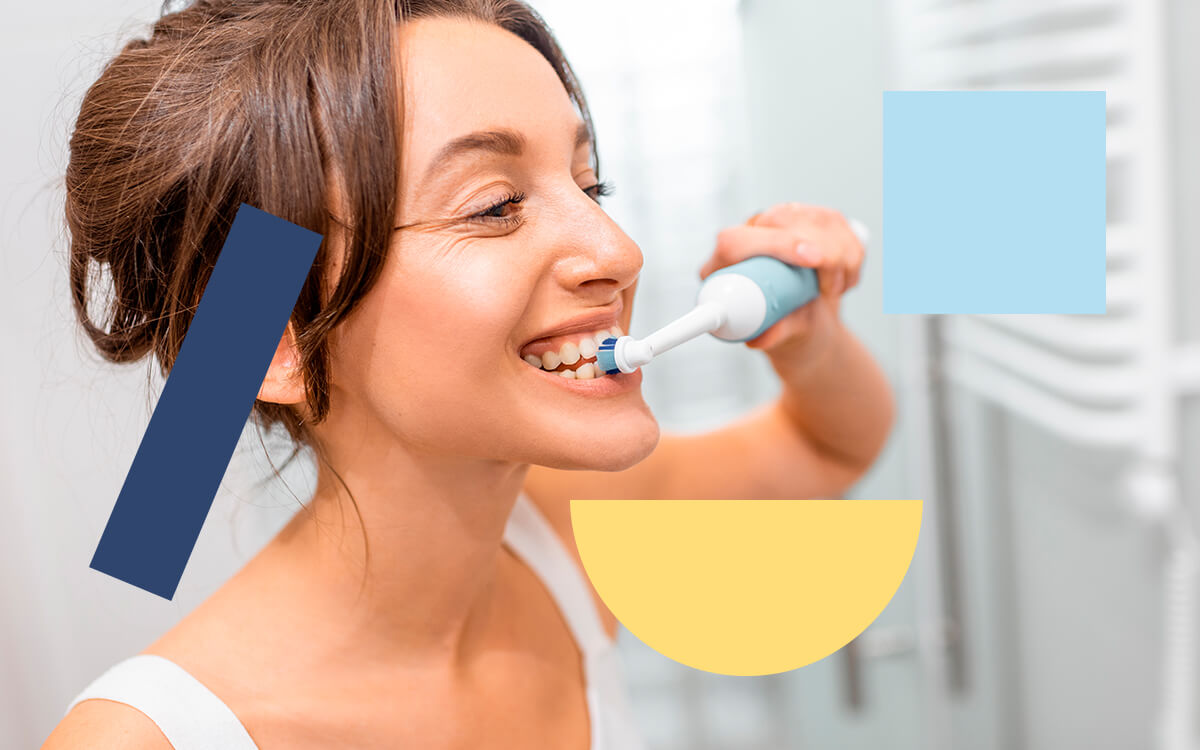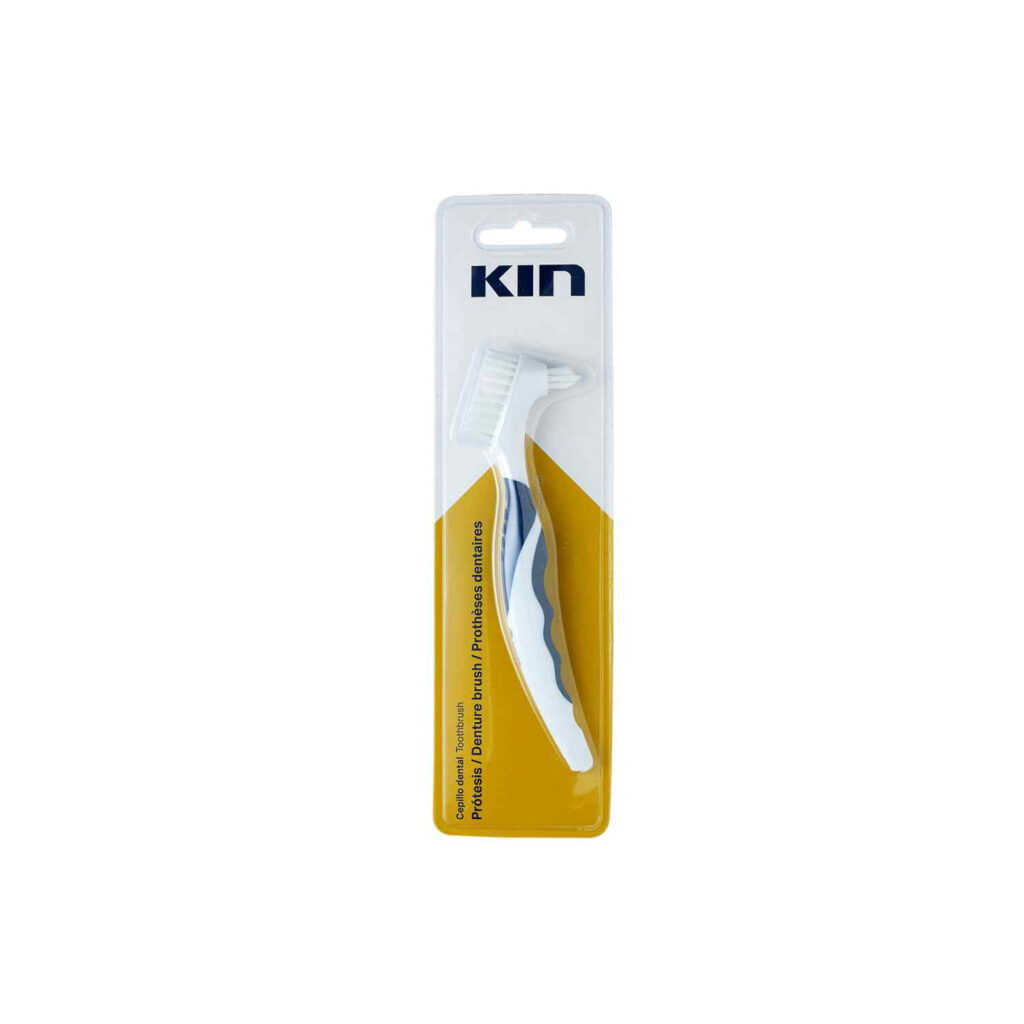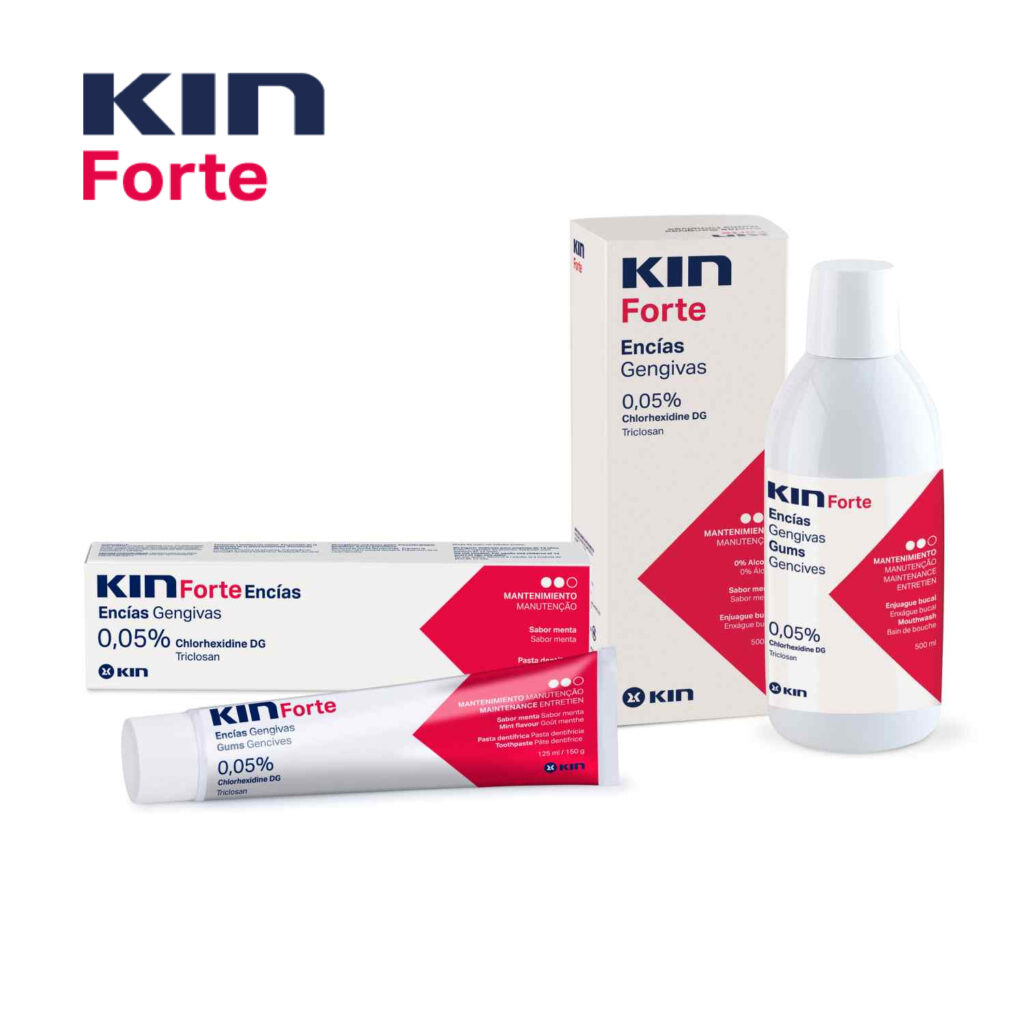The use of a dental prosthesis is the best option for replacing missing teeth or repairing teeth that are badly damaged. But it is important to know how to fix a dental prosthesis correctly. And know that along with fixed dental prostheses, removable prostheses are the most common in the elderly, with certain characteristics that mark their use and maintenance.
While fixed dentures need virtually no special mechanism to keep them in place throughout the day, removable dentures can be somewhat uncomfortable when they are not properly secured.
Do you know what the alternatives are for fixing a removabledental prosthesis ? We tell you everything you need to know to hold them comfortably and prevent them from moving when speaking or chewing.
Types of dental prostheses
The main function of a dental prosthesis is to restore full functionality to the mouth. They replace missing teeth and can be adapted in number and shape to meet the needs of each person.
There are two types of dentures: fixed or removable. Each of them can be an excellent option to improve the patient's quality of life.
Removable dental prosthesis
Removable dental prostheses have the advantage that they can be easily removed by the patient, without the need for professional intervention, facilitating hygiene.
These prostheses have a mucosal support that is in direct contact with the gum, and on which the replacement teeth are inserted. To ensure that it is securely attached to the mucosa, there are different products that attach it comfortably and securely.
How to fix a dental prosthesis
Removable dentures are less stable when placed in the mouth. Not all of them adapt 100% to the shape of the patient's gums, so it is sometimes necessary to use some kind of adhesive to keep them in place.
There are several alternatives on the market to fix a dental prosthesis, preventing them from falling out even in extreme situations such as when chewing hard food.
Adhesive creams
Adhesive creams are the best solution for all types of dentures. With the application of a small amount of product, the denture is fixed to the gum, protecting the mucosa against irritation.
Adhesive pads
Another alternative to adhesive creams are adhesive pads. These can be very useful during the period of adaptation of the mouth to the new prosthesis, as the mucosa can easily become irritated.
The adhesive pads hold the denture in place and at the same time create a protective layer that prevents chafing and minor injuries.
Powder adhesives
Powder adhesives have traditionally been used to fix a dental prosthesis (here is more information with this guide to dental implants and prosthetics). Today they are less common, but still a very efficient alternative. Their application is very simple: the powder is placed between the gingiva and the prosthesis, which is activated on contact with saliva to fix it. Keep your dentures impeccable with our range of products.
Discover our products for dentures and removable appliances

The problem with adhesive powders is that they dissolve over the course of the day and lose effectiveness. In some cases it is necessary to reapply them to prevent the prosthesis from moving when eating certain foods.
What is the best denture adhesive?
Without a doubt, the best option for fixing a dental prosthesis are adhesive creams. With a formulation more soft for the care of the oral mucosa, the new creams have a longer durability throughout the day.
How long does the denture adhesive last?
The duration of the effect of the adhesive to fix a dental prosthesis will depend on multiple factors. On the one hand, the type of adhesive chosen is important, with creams lasting longer than adhesive pads or powders.
The type of food or drink ingested throughout the day can affect the integrity of the binder product.
Generally, these adhesives are applied only once a day, when the prosthesis is fitted in the morning. If the product does not work well and needs to be applied frequently, it is recommended that the problem is discussed with the dentist to find the best solution.
Cleaning and care of removable dental prostheses
Good maintenance of the dental prosthesis is just as important, if not more so, than fixing it in place. In order for it to last much longer, avoiding irritation of the oral mucosa, it is essential to remove it daily for a complete cleaning.
The recommendation is to remove the prosthesis before going to sleep, avoiding the accumulation of dirt on it, which can lead to the growth of microorganisms. The prosthesis is cleaned by placing it in lukewarm water together with a specific cleaner.
To finish with this explanation of how to fix a dental prosthesis, before placing the prosthesis back in the mouth, it must be rinsed with plenty of water, or it can be cleaned with a specific toothbrush for it.


 What to consider when choosing the best electric toothbrush?
What to consider when choosing the best electric toothbrush? How to relieve pain with newly placed braces?
How to relieve pain with newly placed braces? How to keep your breath fresh?
How to keep your breath fresh?




